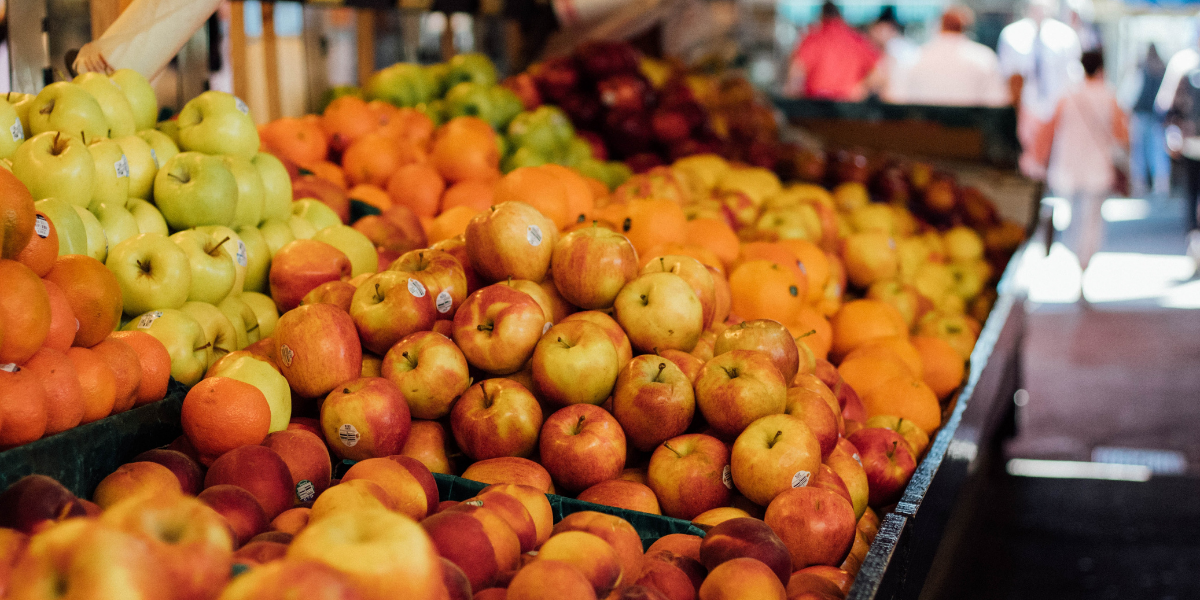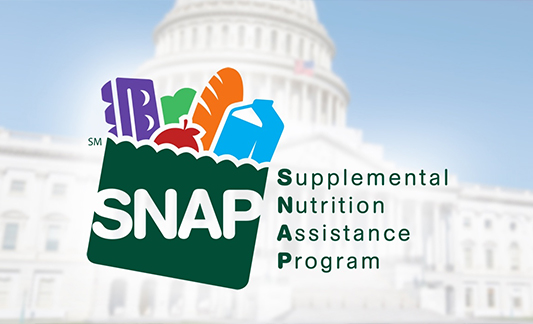Help Isom IGA recover from devasting floods

Small business people and conservative politics tend to go together. Not all, but many retail chain owners lean toward conservative economic policies—smaller government, lower taxes, less entitlement spending.
But what if you are a grocer and talking about food stamps, also called the Supplemental Nutrition Assistance Plan (SNAP)? I know I find myself caught between my Reaganomic leanings and SNAP. Because I think, on one hand, dependency isn’t good for anyone. The more people earn their own way, the better they do in the long run. Yet, more SNAP spending means more dollars into the grocery channel, which means IGA does better.
Should I feel duplicitous? Hypocritical? Self-serving?
Well, here are some facts about SNAP. First, the people who receive SNAP aren’t who you think. Many are elderly. Many are dual military families who can’t make ends meet on two enlisted salaries if they have kids. Many have medical issues or disabilities. And for SNAP recipients under 65, the majority are working.
What’s more, SNAP seems to work like a government assistance program should—spending grows when times are tough, and then shrinks when the economy is good. U.S. government SNAP spending capped in the height of the housing crisis, and then declined as the economy improved. Then when millions of Americans lost their jobs during COVID, enrollment (and spending) increased again. History predicts that when COVID is a memory and people are back to work in all professions, SNAP enrollment will decline again.
Enrollment only tells part of the story, however. During the housing crisis there was an increase in the amount of the benefit. There was a temporary increase in 2020 under the Trump administration, designed to bridge the income gap in the COVID crisis when so many low-income service jobs were eliminated (restaurant, hotel, travel, etc.).
And now the Biden administration plans to increase the amount of the benefit again, approving a permanent increase 25 percent above pre-pandemic levels for most recipients—the largest single increase in the program's history.
Now, when those benefits are spent in the grocery channel—retail grocery stores like an IGA, for example—good things happen. The percentage of the benefit spent on fresh vegetables and meat are light years ahead of any other channel. And the potential to spend even more on fresh, healthy food is great, too.
But when communities don’t have access to a local full-service grocery store, the benefits get swallowed by highly processed, salty, and high calorie foods and little else.
Said in a clearer way, when SNAP benefits go to a dollar store or a convenience store—or even Amazon—community health conditions deteriorate. When they are spent in a local grocery store, they improve (and could improve so much more).
What’s more, innovative programs being tested today to incentivize low-income families to buy even more fresh vegetables and meat already show that eating better means better health in a sector of the population that tends to over-index in obesity, diabetes, and other chronic health conditions.
Although medical experts agree that solving for escalating health costs in the U.S. is a complex problem, they all agree that learning to eat fresh, healthy food is the single biggest step forward anyone could do.
Spend more on SNAP, reduce the out-of-control medical costs in the U.S.? Even a conservative like me could go for that.
So, if you want to improve America’s collective health, encourage people to eat more meals with food from their local grocery store. Perhaps a store that focuses on local farms, high quality meat and produce, with a tagline like “Local Equals Fresh!"
In the last decade, the dollar stores had their time in the sun. But that era needs to be over. Americans need what great retailers like IGA do. And if the government is willing to invest more to help them eat better, I say bravo.
Previous Story
← Labor Trends in a Post-Pandemic World
You May Also Like
These Stories on From the Desk of
Nov 11, 2025 4:09:11 PM |
2 min read
Nov 6, 2025 9:12:29 AM |
3 min read



No Comments Yet
Let us know what you think